-
×
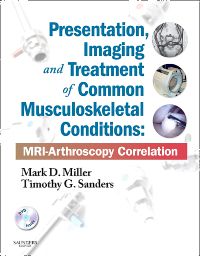 Presentation, Imaging and Treatment of Common Musculoskeletal Conditions: MRI-Arthroscopy Correlation (Original PDF from Publisher)
2 × $0.9
Presentation, Imaging and Treatment of Common Musculoskeletal Conditions: MRI-Arthroscopy Correlation (Original PDF from Publisher)
2 × $0.9 -
×
 Atlas of Ultrasound-Guided Regional Anesthesia, 2nd Edition (Original PDF from Publisher)
2 × $0.9
Atlas of Ultrasound-Guided Regional Anesthesia, 2nd Edition (Original PDF from Publisher)
2 × $0.9 -
×
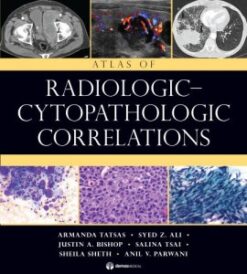 Atlas of Radiologic-Cytopathologic Correlations (Original PDF from Publisher)
1 × $1.4
Atlas of Radiologic-Cytopathologic Correlations (Original PDF from Publisher)
1 × $1.4 -
×
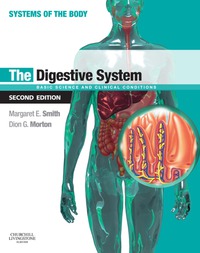 The Digestive System: Systems of the Body Series, 2nd edition (Original PDF from Publisher)
1 × $0.9
The Digestive System: Systems of the Body Series, 2nd edition (Original PDF from Publisher)
1 × $0.9 -
×
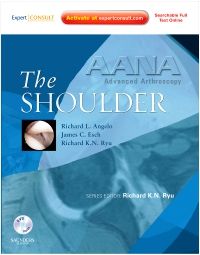 AANA Advanced Arthroscopy: The Shoulder (Original PDF from Publisher)
1 × $0.9
AANA Advanced Arthroscopy: The Shoulder (Original PDF from Publisher)
1 × $0.9 -
×
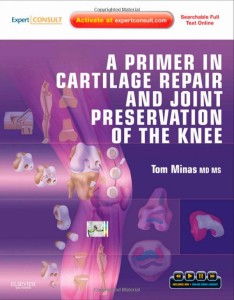 A Primer in Cartilage Repair and Joint Preservation of the Knee, 1st Edition (Original PDF from Publisher)
1 × $0.9
A Primer in Cartilage Repair and Joint Preservation of the Knee, 1st Edition (Original PDF from Publisher)
1 × $0.9 -
×
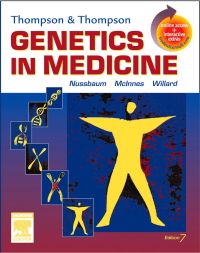 Thompson & Thompson Genetics in Medicine 7th Edition (Original PDF from Publisher)
1 × $2.6
Thompson & Thompson Genetics in Medicine 7th Edition (Original PDF from Publisher)
1 × $2.6 -
×
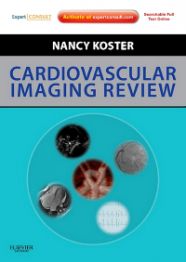 Cardiovascular Imaging Review (Original PDF from Publisher)
1 × $0.9
Cardiovascular Imaging Review (Original PDF from Publisher)
1 × $0.9 -
×
 Cardiopulmonary Resuscitation, An Issue of Critical Care Clinics (Original PDF from Publisher)
2 × $0.9
Cardiopulmonary Resuscitation, An Issue of Critical Care Clinics (Original PDF from Publisher)
2 × $0.9 -
×
 Atlas of Common Pain Syndromes, 3rd Edition (Original PDF from Publisher)
2 × $0.9
Atlas of Common Pain Syndromes, 3rd Edition (Original PDF from Publisher)
2 × $0.9 -
×
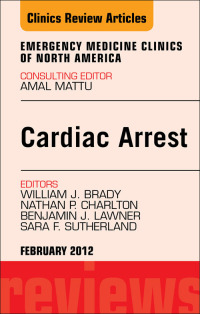 Cardiac Arrest, An Issue of Emergency Medicine Clinics (Original PDF from Publisher)
1 × $0.9
Cardiac Arrest, An Issue of Emergency Medicine Clinics (Original PDF from Publisher)
1 × $0.9 -
×
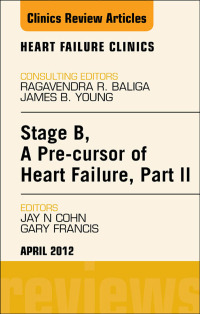 Stage B, A Pre-cursor to Heart Failure, Part II, An Issue of Heart Failure Clinics (The Clinics: Internal Medicine)
1 × $0.9
Stage B, A Pre-cursor to Heart Failure, Part II, An Issue of Heart Failure Clinics (The Clinics: Internal Medicine)
1 × $0.9 -
×
 Approach to Consultations for Patients with Liver Disease, An Issue of Clinics in Liver Disease (Original PDF from Publisher)
1 × $4.5
Approach to Consultations for Patients with Liver Disease, An Issue of Clinics in Liver Disease (Original PDF from Publisher)
1 × $4.5 -
×
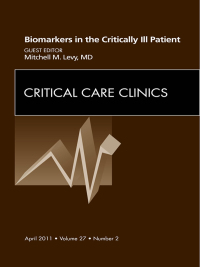 Biomarkers in the Critically Ill Patient, An Issue of Critical Care Clinics (Original PDF from Publisher)
1 × $0.9
Biomarkers in the Critically Ill Patient, An Issue of Critical Care Clinics (Original PDF from Publisher)
1 × $0.9 -
×
 AANA Advanced Arthroscopy: The Hip (Original PDF from Publisher)
1 × $0.9
AANA Advanced Arthroscopy: The Hip (Original PDF from Publisher)
1 × $0.9
UW Emergency Radiology Review
University of Washington Clinical Update (SA-CME)
Make faster, smarter imaging decisions in emergency situations with this authoritative clinical update.
Make Fast, Accurate Imaging Decisions in Emergency Situations
UW Emergency Radiology Review is designed to help radiologists make the best imaging decisions in emergency situations. Taught by experts from the University of Washington School of Medicine, its goal is to prepare the practicing radiologist to be of maximum assistance to the emergency physician. Topics cover the most common traumas by body part with emphasis on rapid decision-making in the selection of imaging studies, pitfalls to watch out for, and implementation of protocols that maximize diagnostic accuracy. Lectures will help develop an integrated imaging approach to injuries of the head, neck, spine, torso, pelvis and appendicular skeleton. It will help you to better:
- Rapidly determine the appropriate imaging studies to perform
- Become familiar with some less common clinical conditions that present in an emergency setting
- Update imaging protocols to optimize diagnostic accuracy while minimizing radiation
- Accurately interpret emergency imaging studies, and recognize when additional imaging is indicated
TOPICS/SPEAKERS
- Penetrating Chest Trauma – Jeffrey Robinson, MD, MBA
- Blunt Chest Trauma – Rachael Edwards, MD
- Updated Guidance on Incidental Pulmonary Nodules – Christopher Walker, MD
- Acute Aortic Syndrome with Focus on Intramural Hematoma – Christopher Walker, MD
- Imaging of Liver Injuries – Scott Steenburg, MD
- Imaging of Splenic Injuries – Scott Steenburg, MD
- Bariatric and Other Post-Operative Bowel Emergencies – David Coy, MD, PhD
- Blunt Cerebrovascular Injury – Aaron Rutman, MD
- Neck Infections – Kathleen Fink, MD
- Acute Traumatic Brain Injury: What Clinicians Need to Know – James Fink, MD
- Hip and Femur Trauma – Claire Sandstrom, MD
- Knee Trauma – Jonathan Medverd, MD
- Multiligamentous Injuries of the Knee – Jack Porrino, MD
- Foot and Ankle Trauma – Felix Chew, MD
- Cardiac CT with Focus on CCTA – Faisal Khosa, MD
- Practical Approach to Chronic Lung Disease – Jonathan Chung MD
- Uniquely Pediatric Knee Injuries – Mahesh Thapa , MD
- Traumatic Aortic Injury with Focus on MAI – Scott Steenburg, MD
- CTA of Peripheral Vascular Injuries – Scott Steenburg, MD
- Imaging of Gunshot Wounds – Noah Ditkofsky, MD
- Rational Headache Work up in the ED – Christopher Potter, MD
- Rational Stroke Work up in the ED – Douglas Seiler, MD
- Maxillofacial Trauma – Jayson Benjert, DO
- Spine Trauma – Nathan Cross, MD
- Pediatric Abusive Head and Spine Trauma – Jason Wright, MD
- Orbital Imaging in the ED – Francisco Perez, MD, PhD
- Pediatric GI Emergencies – Elizabeth Tang, MD
- Mass Casualty Imaging – Eric Roberge, MD
- Essentials of Abdominal and Pelvic Trauma – Joel Gross, MD, MS
- Upper Extremity Trauma – Claire Sandstrom, MD
- Pelvic Ring Trauma – Ken Linnau, MD, MS
- Biomechanics of Trauma – Gregor Dunham, MD
- Pattern Recognition: Mechanism-Based Injury Combinations – Shaimaa Fadl, MD
- Pediatric Upper Extremity Emergencies – Ramesh Iyer, MD
- Pediatric Lower Extremity Emergencies – Anh-Vu Ngo, MD
- Pediatric Chest Emergencies – Jeffrey Otjen, MD
- Dental Emergencies – Johan Aps, MD
- Interesting Cases from the Trauma Center – Scott Steenburg, MD
- Radiation Exposure: What Do Clinicians Want to Know? – Jeffrey Robinson, MD, MBA
Learning Objectives
Upon completion of this activity, participants should be able to:
- Rapidly determine the appropriate imaging studies to perform
- Become familiar with some less common clinical conditions that present in the emergency setting
- Update imaging protocols to optimize diagnostic accuracy while minimizing radiation
- Accurately interpret emergency imaging studies, and recognize when additional imaging is indicated
Intended Audience
This educational activity was designed for radiologists (residents, fellows and practicing radiologists) and imaging technologists. Other practitioners, such as physician assistants, nurse practitioners and MDs working in emergency departments, may also find the imaging approach and interpretation to be useful.
Date of Original Release: October 15, 2017
Date Credits Expire: October 14, 2020
Estimated Time to Complete this CME Program: 17 Hours
Date Credits Expire: October 14, 2020
Estimated Time to Complete this CME Program: 17 Hours

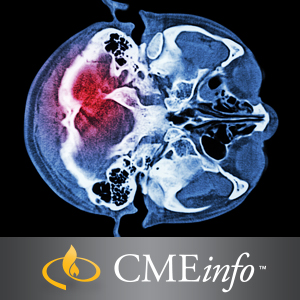
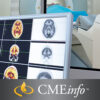
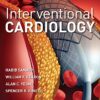
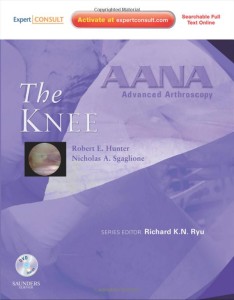

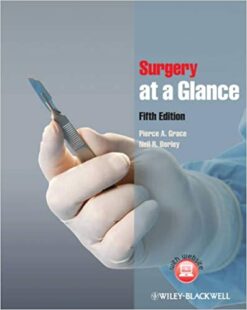

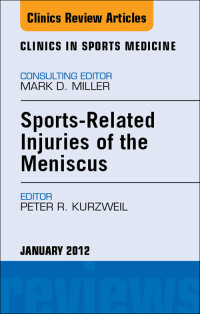
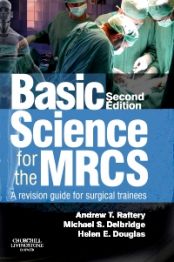


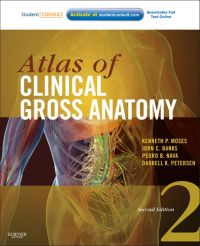
Reviews
There are no reviews yet.